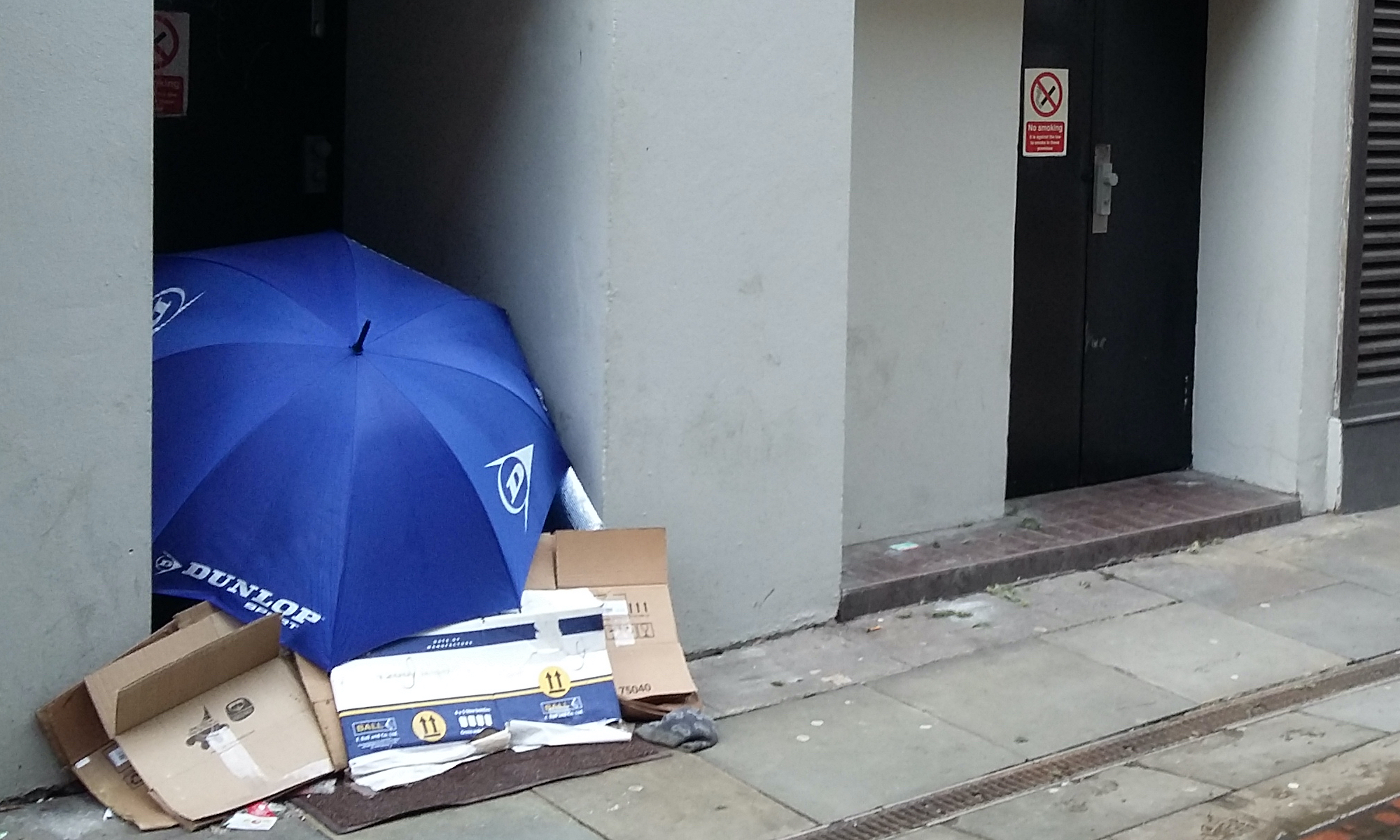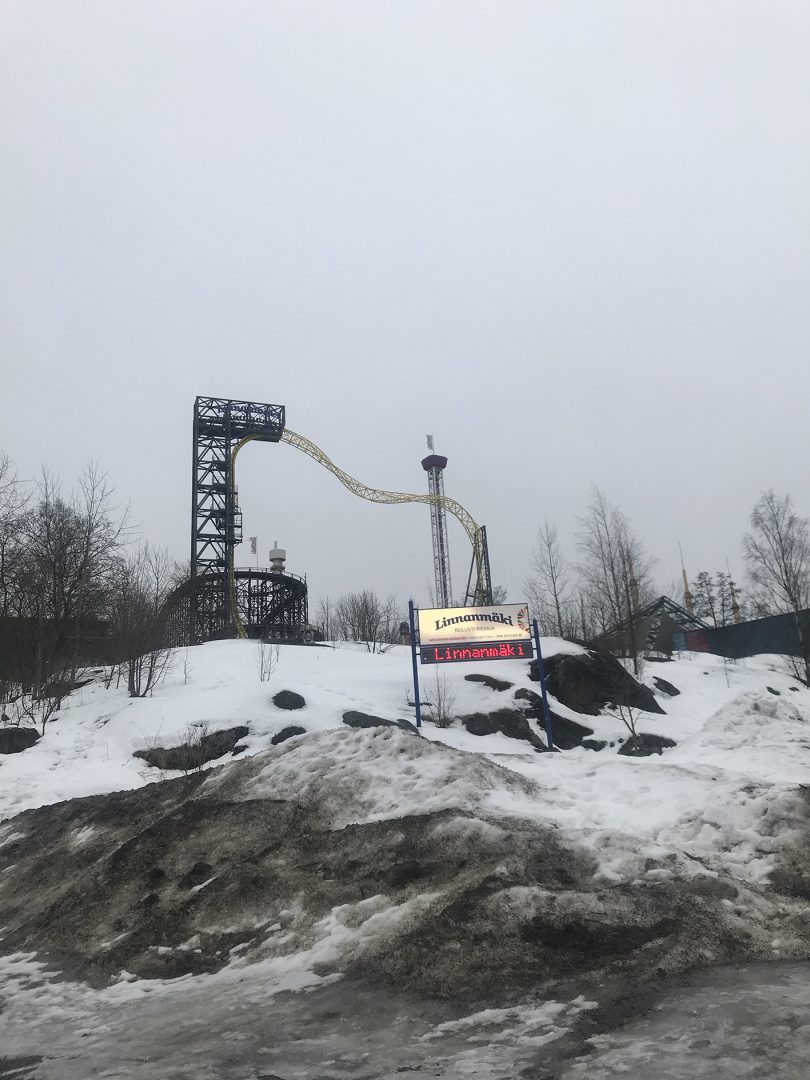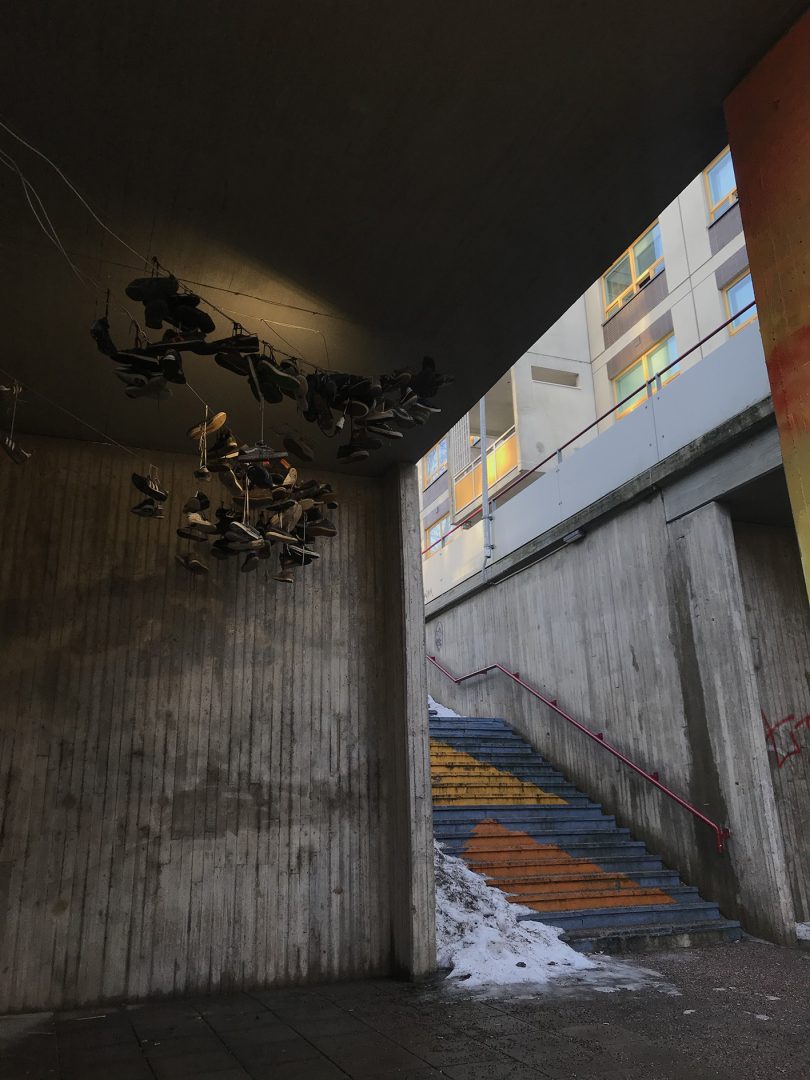By Maija Kenttämies
Segment of commentary about the article “The Gaze Without Eye: Video-surveillance and the Changing Nature of Urban Space”.
In the article, Koskela enlightens the negative effects of video surveillance that often get neglected. They state that “[…]while increasing security might make some people feel safer, it also creates increasing fear, racist paranoia and distrust among people”. The racist paranoia and distrust, in particular, are something that can even subconsciously arouse in people due to increasing video surveillance and especially its visibility in the media. When video material and pictures of possible suspects are brought out to the public, crimes become race-centered and which leads to harmful generalizations. For example, when digital news sites publish CCTV pictures of suspected criminals, if the person shown happens to be a person of color, the comment sections are often full of racist assumptions, hostility, and suspicion. This rarely ever happens to criminals of a white background – race is seen as a significant factor in criminal activity only if it differs from the general population. Moreover, as mentioned in the article, the cameras don’t actually prevent crime from happening, but rather only might help solve the already occurred misdemeanor. While on the other hand, this may surely come useful in the sense of getting justice for the victim, the nature of only dealing with the aftermath makes the status of surveillance cameras as a solution to crime reduction appear vague and ineffective. In addition, one’s sense of security should not take precedence over another. The feeling of safety can often be rooted in prejudice, and the areas of the most surveillance are the ones of lower-income, which are often populated by people of immigrant background. This not only encourages segregation but also spares the privileged, white neighborhoods from dealing with the stress caused by constant surveillance. With video surveillance becoming vastly more common in urban space, it’s easy to forget the critical perspective and the issues that may come with it – instead of a sense of security, it can also give way to racist prejudices and further increase segregation between spaces and the people using them.


